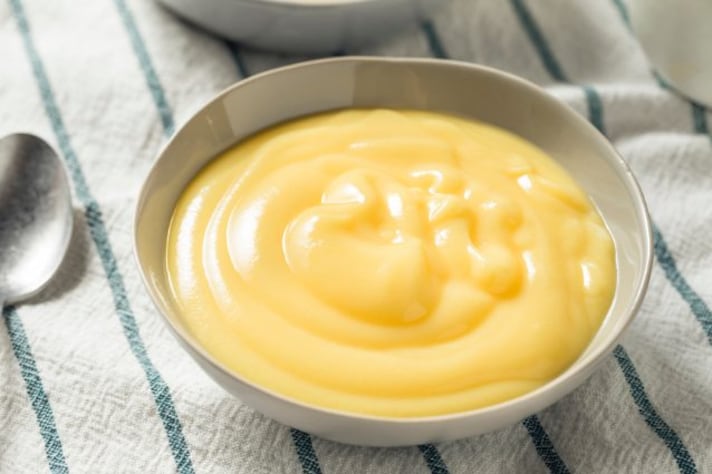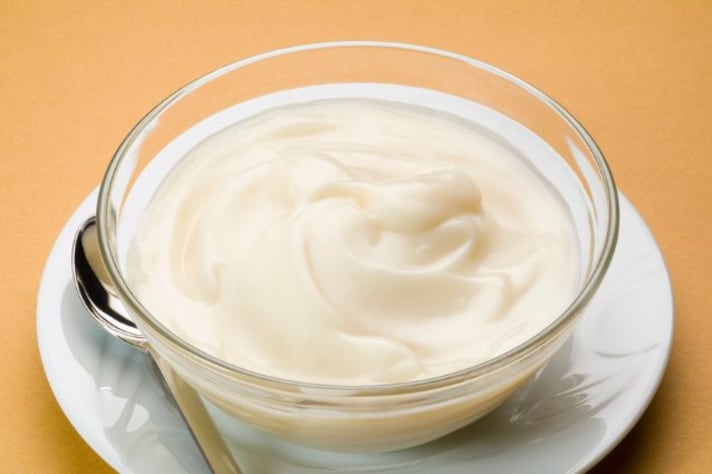
Pudding is one of those desserts that feels almost too easy—whether you’re making it from scratch or whisking up a box mix, it rewards minimal effort with maximum creamy goodness. But there’s one crucial mistake that can turn your perfect pudding into a watery mess: stirring it after it has set. If you’ve ever absentmindedly given your pudding a quick mix before serving, only to wonder why it suddenly lost its thick, velvety texture, you’ve fallen into the trap. Once pudding has done its thing, resist the urge to stir—here’s why.
The Science of a Smooth Set
Pudding thickens and sets thanks to a delicate network of starches and proteins that trap liquid in a smooth, structured gel. In homemade versions, cornstarch (or eggs, in custard-based puddings) forms a firm, silky texture as it cools. With instant pudding, modified starches do the same thing, creating that spoonable consistency within minutes. Once this network has formed, it’s best left undisturbed—stirring it again breaks down the structure, forcing out the liquid and leaving you with an unappealing, weepy mess.

Say Goodbye to Creamy, Hello to Runny
Ever noticed how pudding looks thick and perfect right after it’s chilled, only to become watery when you stir it again? That’s because agitating set pudding disrupts the delicate bonds holding everything together, pushing moisture out of the gelled structure. The result? A sad, broken pudding with pools of liquid forming around the edges. No matter how much you try to “fix” it, once pudding weeps, there’s no going back.
Air Bubbles: The Enemy of Silkiness
Another reason to keep the spoon out of your pudding? Stirring introduces air, which isn’t a big deal when you’re mixing it initially, but once it’s set, it can make the texture grainy instead of smooth. Homemade puddings, especially those made with eggs, are particularly vulnerable to this. Over-mixing after setting can create tiny pockets of air, ruining that luscious, velvety mouthfeel you worked so hard for.

Instant Pudding is No Exception
You might think store-bought pudding mix is more forgiving, but even that boxed magic follows the same rules. The modified starches in instant pudding rely on absorbing just the right amount of liquid to set up properly. Stirring after it has thickened breaks the bonds that give it structure, leaving you with something closer to a thickened soup than the spoon-hugging pudding you were expecting.
;Resize,width=767;)
